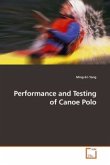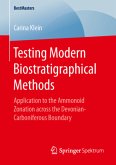This study investigates the potential adverse health effects of occupational exposure to SWCNT dust using various in vitro approaches but also the challenges associated with the testing of carbon based nanoparticles. Lung epithelium was chosen as target cell model. Effects of SWCNT were compared to that of carbon black and crocidolite asbestos. Cytotoxicity studies indicated low acute cytotoxicity of SWCNT. Due to interactions of SWCNT and toxicity indicator dyes, an alternative assay to quantify cytotoxicity had to be found. Overall, long-term exposure lead to decreased cell proliferation which was not only attributed to direct particle effects but also secondary SWCNT toxicity due to medium depletion. In contrast to a pro-inflammatory response, suppression of lipid and inflammatory mediators was seen. The same response was found for cells immunologically induced by tumour-necrosis factor- (TNF- ). Suppressive effects were partly due to TNF- adsorption onto SWCNT surfaces. Dispersion of SWCNT in dipalmitoylphosphatidylcholine (DPPC) solution (used as a model for lung surfactant), decreased particle agglomerate sizes and increased both cytotoxicity and oxidative potential.








